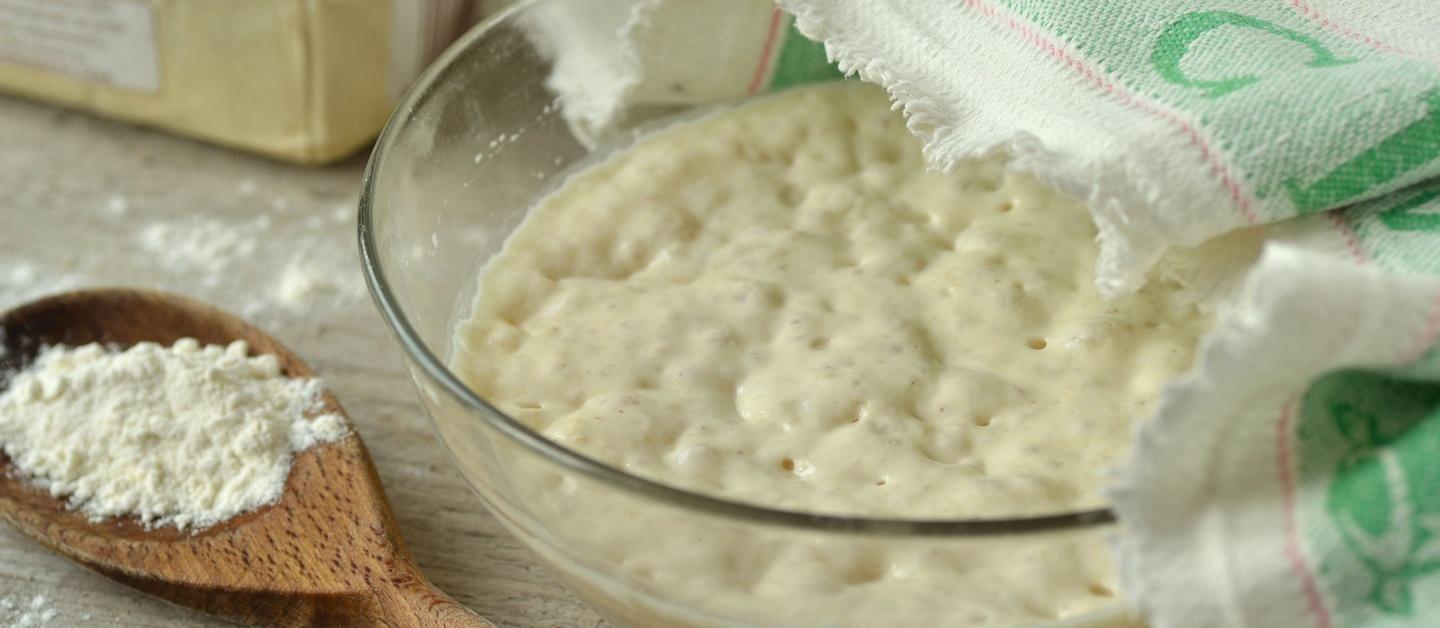Sourdough Bread Is Still a Mystery


At the beginning of the pandemic, it was hard to find yeast at the store. It seemed like everyone was stuck at home…baking. And for some intrepid bakers, the yeast shortage may have led them to try sourdough bread.
Sourdough isn’t necessarily sour. It’s a term that’s used for bread that relies on a fermented “starter” to rise instead of a packet of commercial yeast.
“Yes, interest in sourdough is ‘on the rise’, if you will,” said Erin McKenney, PhD, a microbiologist at North Carolina State University. “The pandemic encouraged us to think ‘how can I make food for myself?’”
In the midst of this renewed interest, McKenney and her team put the final touches on a research project studying the science of sourdough bread, and the tiny microbes that make it possible.
Every sourdough bread recipe begins with a starter. Starters seem simple: a mix of flour and water that is left to ferment. But bakers all over the world use those same ingredients and produce breads that are wildly varied, with complex flavors and textures.
The complexity comes from the thousands of microbes that colonize the starter. Microbes (specifically bacteria and yeast) are responsible for making dough rise and imparting flavor and texture along the way.
Researchers wanted to know if conventional wisdom about starters holds up to scientific inquiry. Does geography and climate play a role in flavor, as many people assume with the famous San Francisco sourdough? Does the type of flour that the starter is made with matter? Does keeping the starter on the counter or in a cupboard influence the taste?
To answer these questions, the team asked participants all over the world to send in samples of their starters. They had no problem getting volunteers. Even before the pandemic, starters have held a cherished place in baker’s kitchens. For generations, people all over the world have taken pride in their starters, naming them like pets and even passing them along as family heirlooms.
In the end, the team collected 500 sourdough starter samples from four different continents. They genetically sequenced some of the samples to understand what types of microbes were living in the starters. They hired “starter sommeliers” to smell them and corresponded those smells to different chemical compounds. They compared different rise times from breads made from the starters.
After all that analysis, the results “were both humbling and empowering,” said McKenney.
“It turns out all the stuff we think matters—geography, flour type, temperature of the starter—doesn't actually matter as much as we thought it did.”
Individual decisions by bakers, like using rye flour instead of white flour, or living in San Francisco, don’t have a statistically significant impact on flavor outcomes in the bread.
Instead, what matters is how the community of microbes interacts and behaves, regardless of baker’s actions.
“It’s all about the microbes. We don’t matter as much,” said McKenney. “So that’s why it’s humbling. But it’s also empowering to know that we can trust microbes to do their thing and leave a legacy of flavors after the bread is baked.”
Baking is hard. Baking sourdough bread is even harder, because you have to rely on wild yeasts and bacteria to make your bread rise. But we don't know much about how these tiny organisms work.
So researchers collected hundreds of sourdough starters from all over the world to try to understand the secret lives of microbes.